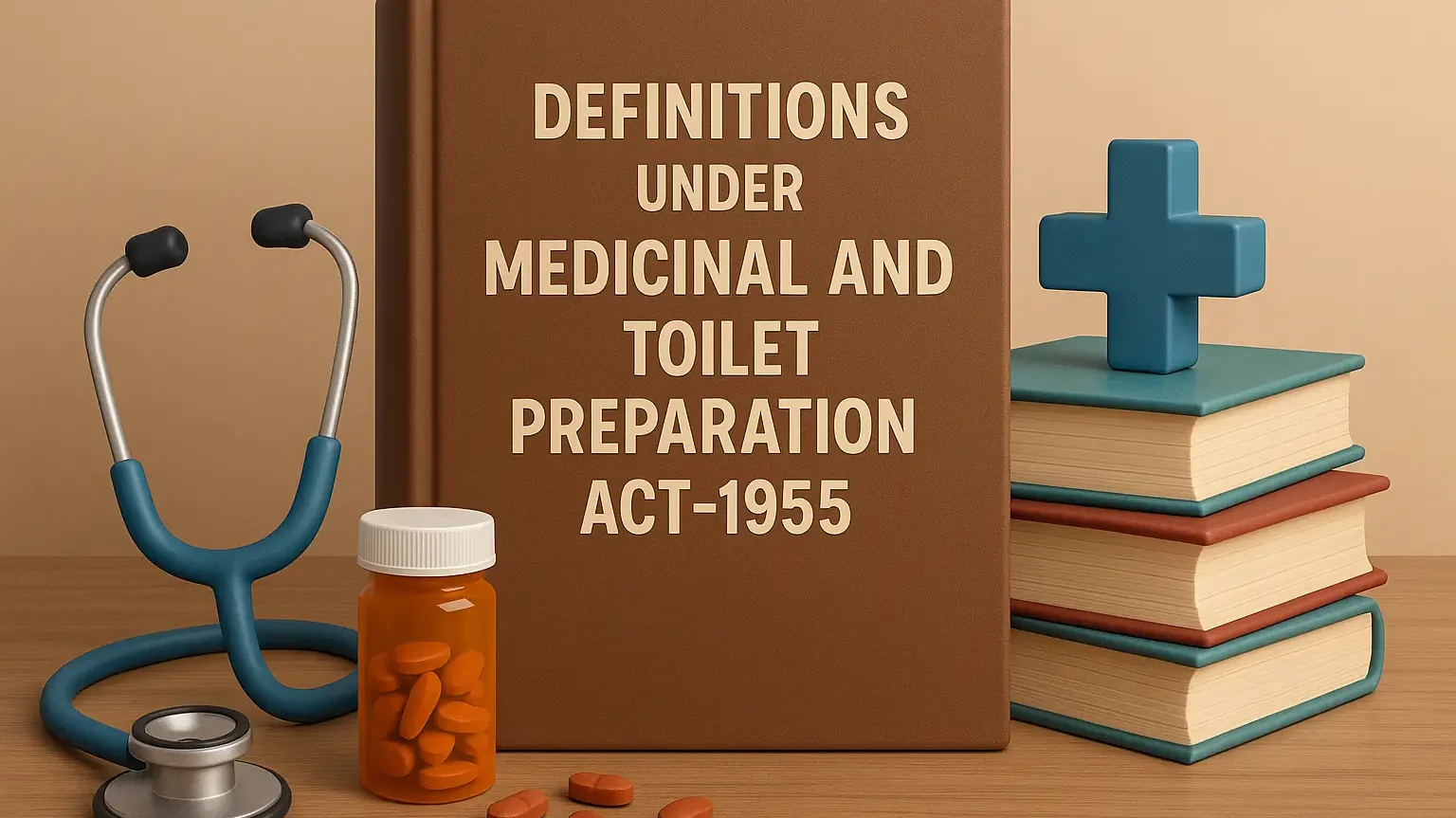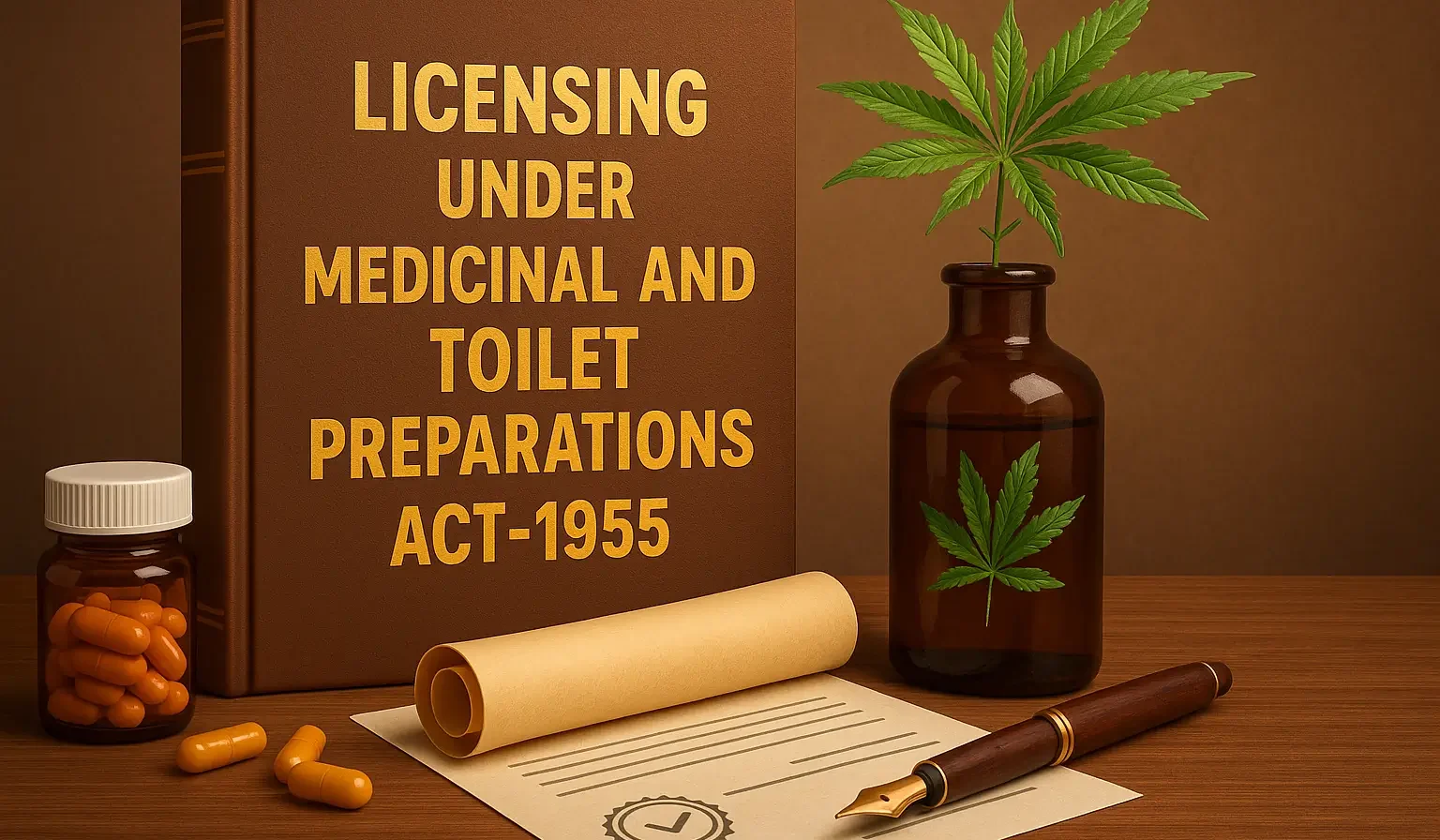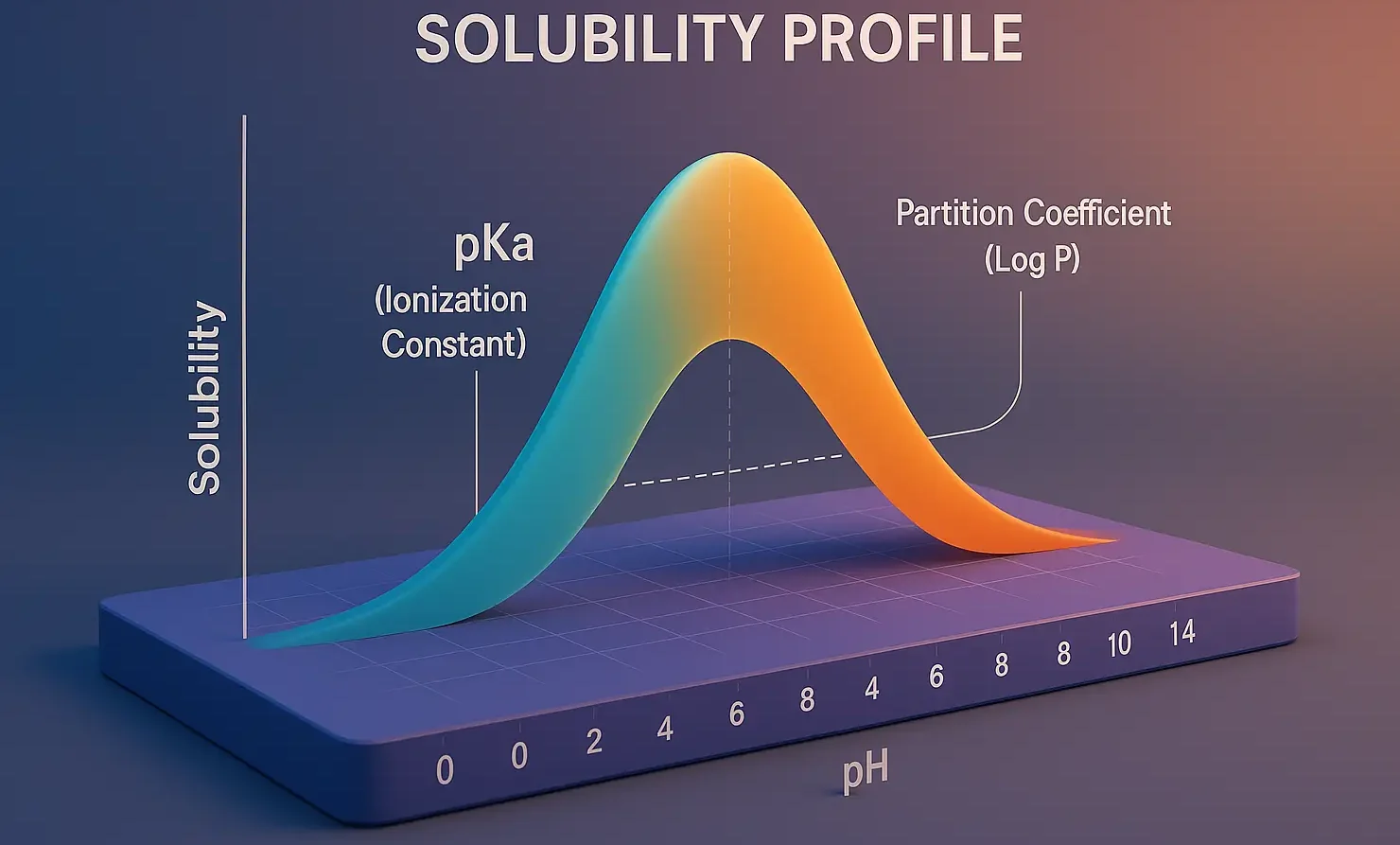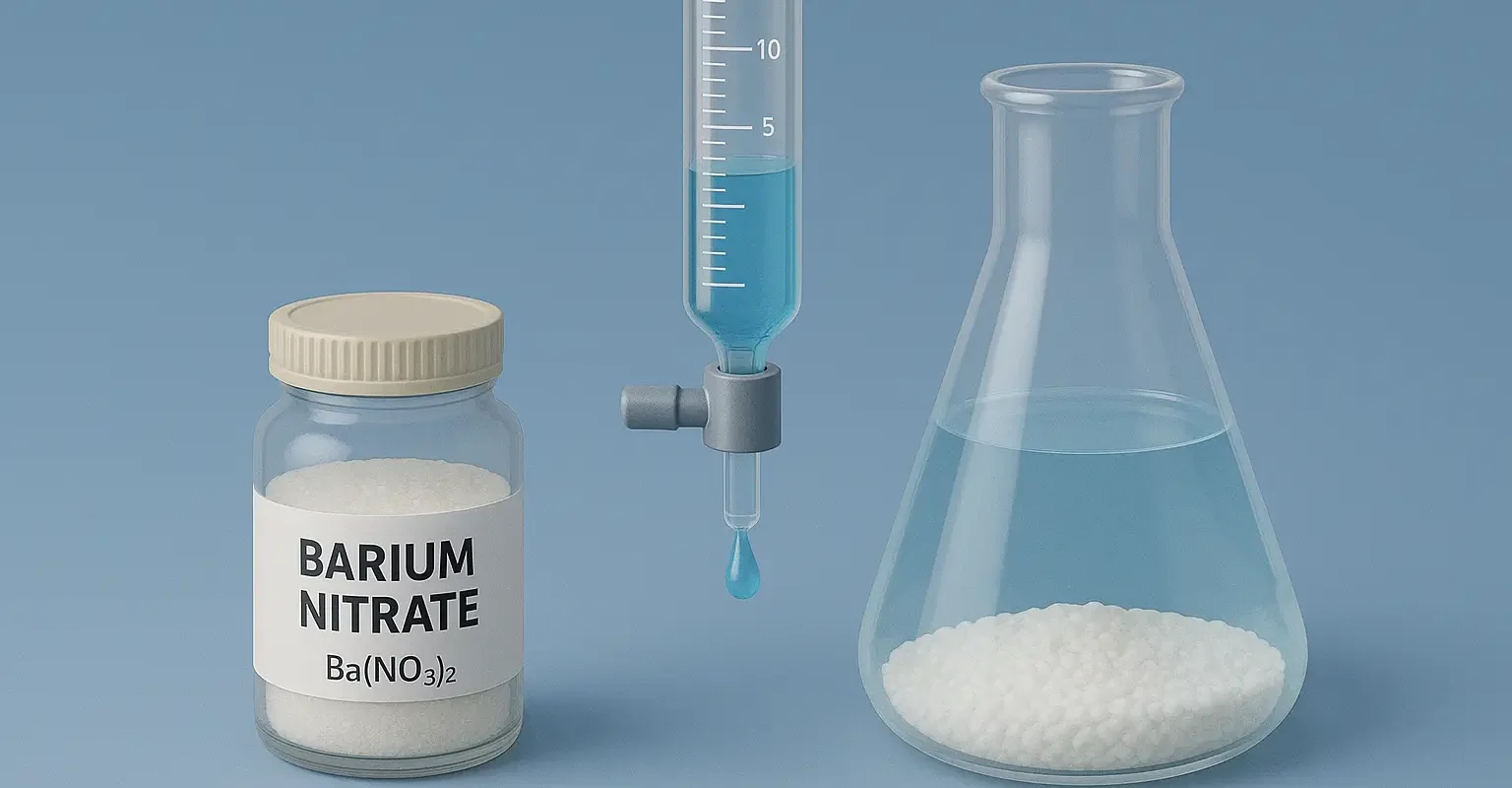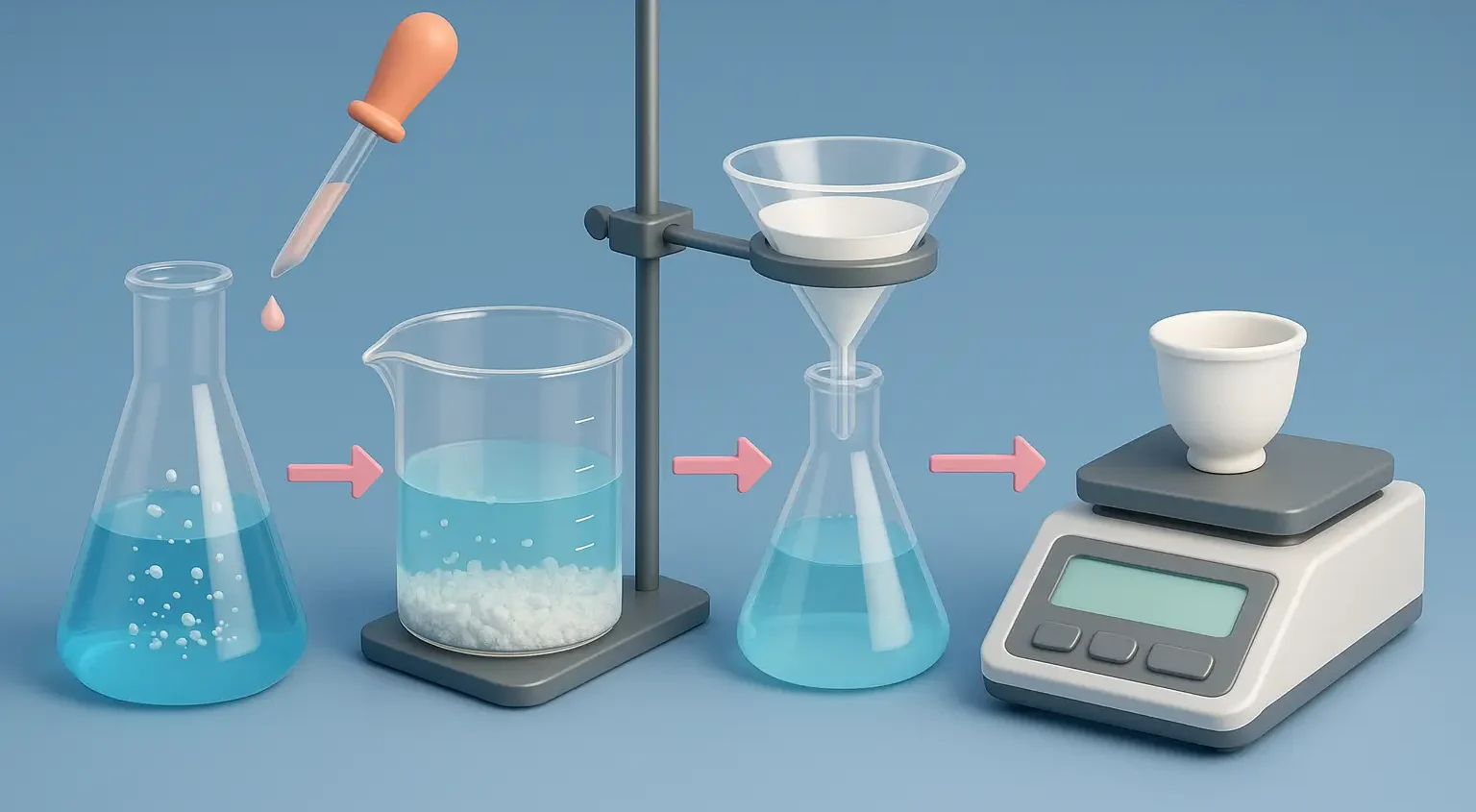Manufacture In Bond and Outside Bond
This article explains about the difference between manufacture in bond and outside bond under the Medicinal and Toilet Preparation Act 1955 with legal requirements. Manufacture In Bond Definition: Manufacturing medicinal preparations under a bond, primarily for export purposes. Key Features: Bonded Premises: Facilities authorized to produce goods for export without immediate payment of duties or … Read more


